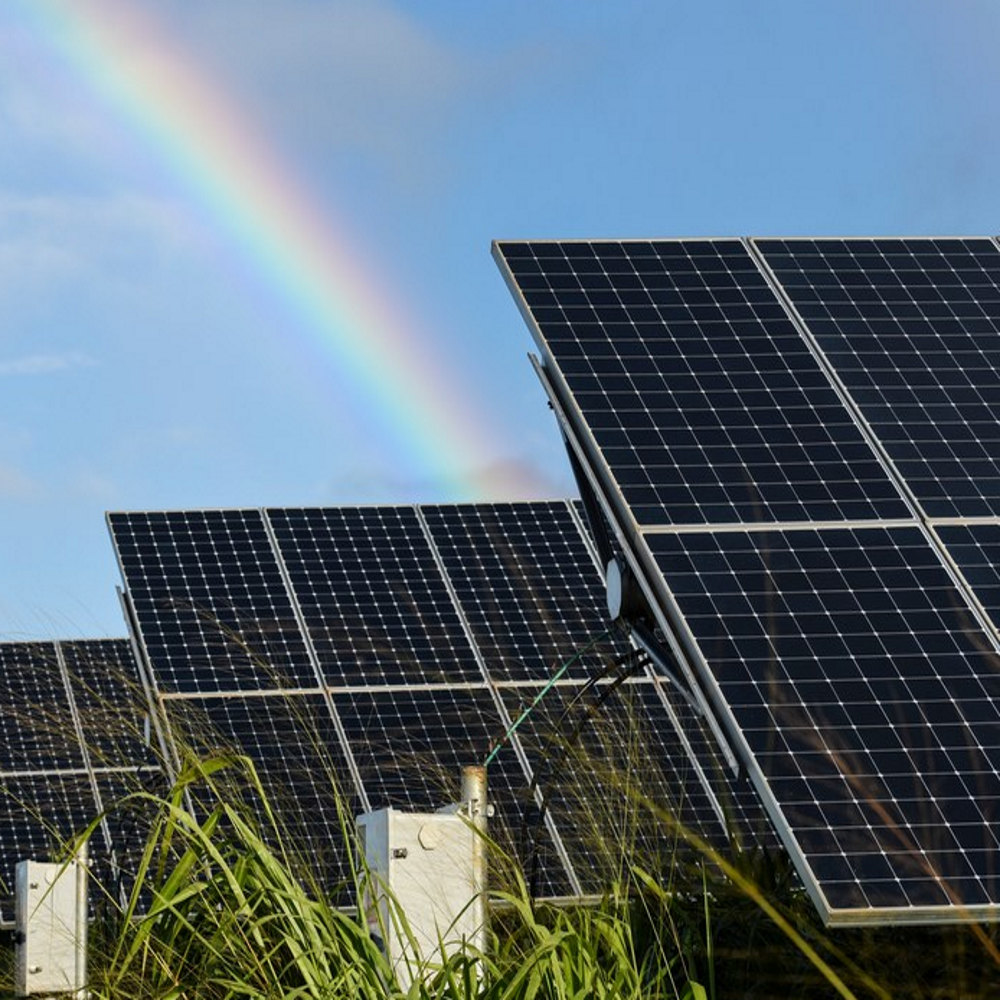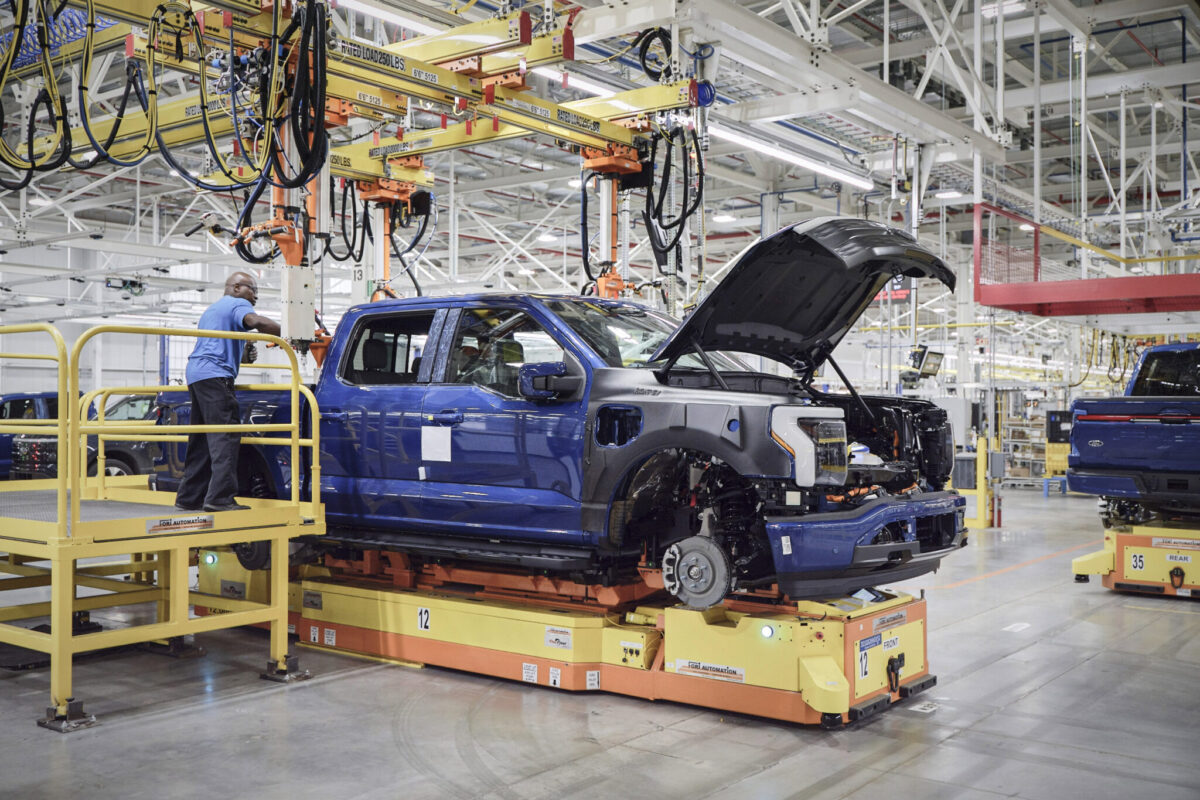While the past year has been defined by supply chain disruptions, and fears of macroeconomic uncertainty and growing geopolitical struggles, investments toward net zero goals remain strong.
Researchers at BloombergNEF (BNEF) found that annual global investment in energy transition technologies now exceeds $1.1 trillion, matching fossil fuels for the first time. BNEF’s Energy Transition Investment Trends report offers a detailed accounting of how much funding is being committed to the low-carbon energy transition.

As seen above, this global investment of over $1.1 trillion represents a record 31% gain from 2021. Renewable energy comprises the largest segment at $495 billion in new project investments. This includes wind, solar, biofuels, biomass and waste, marine, geothermal, and small hydro.
Electrified transport, which includes both vehicles and charging infrastructure, followed this at $466 billion, a 54% yearly growth. Besides nuclear power, all other sectors saw record levels of new investment in 2022. Surprisingly, hydrogen tripled its year-on-year investment to $1.1 billion thanks to investments in electrolyzer production capacity and rising interest in green hydrogen.
When it comes to corporate finance, climate-tech companies raised $119 billion in equity financing from public markets and private investors in 2022. This represents a 29% decline as public markets struggled. The biggest decline was funding raised through reverse mergers with special purpose acquisition companies (SPACs) which fell 75%. Venture capital and private equity (VC/PE) investment saw a small increase of 3% and was the only source of funding that did not decline. Companies in China continued to attract the most corporate funding of any market, but the U.S. ranked first in VC/PE funding.

Clean energy factory investments grew to $78.7 billion in 2022, up by almost 50% from 2021. As seen above, new facilities for batteries and their related components have rapidly accelerated with investment now at $45.4 billion in 2022. Factories for lithium-ion battery components accounted for about 58% of new facilities in 2022. Solar continued to grow, rising to $23.9 billion in 2022. As well, wind grew by about 33% from 2021.
China retained dominance with 91% of investments, which is up from 79% over 2018 to 2021. While there have been rising efforts for supply chain diversification, and competition, BNEF’s figures only account for successfully commissioned factory projects. U.S. manufacturing growth triggered by the Inflation Reduction Act is not yet fully reflected in the data. Despite this, spending in North America still grew by 40%.
BNEF concluded that energy transition and grid investments must triple to $4.55 trillion on average for the rest of the decade to get on track for net zero. This may seem daunting, but investments in manufacturing capacity are already exceeding expectations. BNEF estimated that even under more ambitious net zero scenarios, annual manufacturing investment needs would only rival last years towards the latter half of this decade. Existing solar manufacturing capacity is already sufficient to meet the bulk of demand, and the world’s battery cell factory pipeline exceeds projected demand.
This content is protected by copyright and may not be reused. If you want to cooperate with us and would like to reuse some of our content, please contact: editors@pv-magazine.com.








By submitting this form you agree to pv magazine using your data for the purposes of publishing your comment.
Your personal data will only be disclosed or otherwise transmitted to third parties for the purposes of spam filtering or if this is necessary for technical maintenance of the website. Any other transfer to third parties will not take place unless this is justified on the basis of applicable data protection regulations or if pv magazine is legally obliged to do so.
You may revoke this consent at any time with effect for the future, in which case your personal data will be deleted immediately. Otherwise, your data will be deleted if pv magazine has processed your request or the purpose of data storage is fulfilled.
Further information on data privacy can be found in our Data Protection Policy.